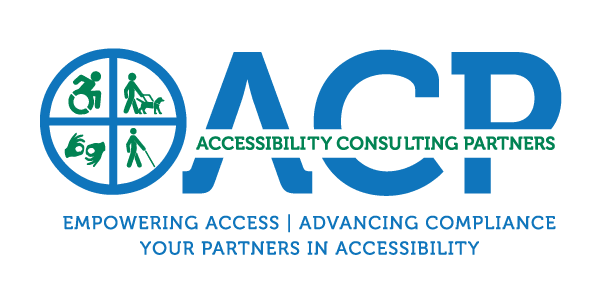A Nation Founded on Freedom of Access—for Whom?
The principles laid out in the Declaration of Independence promise “life, liberty, and the pursuit of happiness,” but for too long, those promises have excluded Americans with disabilities. It wasn’t until the passage of the Americans with Disabilities Act (ADA) in 1990 that a legal framework began to require equal access to public programs, services, and spaces.
Title II of the ADA ensures that state and local governments must make all programs and services accessible to people with disabilities. This includes everything from voting locations to recreation areas. But over three decades later, compliance remains inconsistent. True independence cannot exist where people are still physically excluded from full participation in community life.
Public Spaces as a Measure of Freedom
Accessibility is more than just a legal requirement—it’s a reflection of values. A sidewalk that ends in a step, a library with doors that require a lot of force to open, a playground that lacks adaptive equipment—these speak volumes about who is and isn’t considered when spaces are designed.
The concept of universal design aims to address this by creating environments that are usable by all people to the greatest extent possible, without the need for adaptation. When we embrace universal design principles, we expand freedom, not just for those with disabilities, but for seniors, parents with strollers, veterans, and anyone who navigates the world with different needs.
Progress and Ongoing Gaps
Municipalities across the country are making strides toward more inclusive infrastructure. Cities and Towns like Lakewood, CO, and Breckenridge, CO, have launched comprehensive ADA Transition Plans to identify and remove barriers in the public right-of-way and public facilities.
Yet rural towns and small cities often lack the funding, expertise, or political will to prioritize accessibility. Without enforcement or community engagement, ADA compliance can become just a checkbox rather than a commitment.
This is why public participation is key. Disability advocates, planners, and civic leaders must collaborate to ensure that design decisions reflect the lived experiences of people with disabilities. When done well, accessibility efforts not only remove barriers—they build trust, dignity, and opportunity.
Celebrating a More Inclusive Freedom
This Independence Day, let’s commit to broadening our understanding of freedom. Fireworks and flags are symbols, but equal access is substance. As we walk through parks, attend parades, or visit public buildings, let’s ask ourselves: could everyone be here? Can everyone move freely, enter safely, and participate fully?
True independence means:
- Accessible sidewalks and crossings
- Inclusive playgrounds and restrooms
- Transparent ADA policies and plans
- Digital and physical infrastructure that welcomes all
Freedom isn’t realized until every person, regardless of ability, can claim it fully.
Moving Forward
Independence Day reminds us not just of where we’ve been, but where we still need to go. By championing accessible public spaces, we honor the intent of the ADA and the values this country strives to uphold. Because the pursuit of happiness should never hinge on the presence of a ramp, the width of a door, or the lack of a signal at a crosswalk. Let’s ensure that access is not the exception, but the expectation.
To learn how your city can take actionable steps toward ADA compliance and accessible community spaces, reach out to our team.
